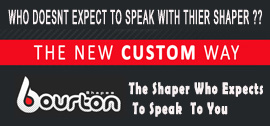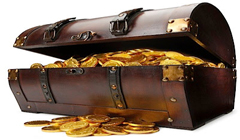Many of the younger crew surfing out there these days may not be able to make the connection between Bourton Shapes and Pipedream Surfboards. Indeed most would never had heard of 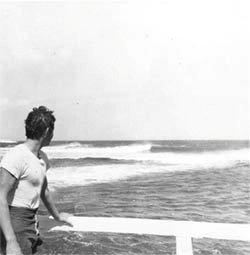 Chappy Jennings, Zane Harrison or even the legendary big wave surfer Tony Ray. Each decade, another surfing generation in attempt to define themselves seize their own demi gods and forget the rest. I think we call it progression. In essence the morphing of Pipedream into Bourton Shapes was in itself a progression in order to keep it fresh and reflect the change in board design over such a long period of successful surfboard development. Due to pressure from surfboard purists and the fact that these days, what is old is new again, I have been encouraged to re-launch the Pipedream brand with a limited edition of retro models depicting the various design phases we went through from the early seventies up to 2005. A brief history of Pipedream surfboards is warranted particularly for those younger who have an interest in this period and the type of shapes that were produced. Pipedream was launched in the early seventies
Chappy Jennings, Zane Harrison or even the legendary big wave surfer Tony Ray. Each decade, another surfing generation in attempt to define themselves seize their own demi gods and forget the rest. I think we call it progression. In essence the morphing of Pipedream into Bourton Shapes was in itself a progression in order to keep it fresh and reflect the change in board design over such a long period of successful surfboard development. Due to pressure from surfboard purists and the fact that these days, what is old is new again, I have been encouraged to re-launch the Pipedream brand with a limited edition of retro models depicting the various design phases we went through from the early seventies up to 2005. A brief history of Pipedream surfboards is warranted particularly for those younger who have an interest in this period and the type of shapes that were produced. Pipedream was launched in the early seventies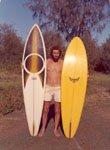 by myself in the Tweed Coolangatta area when Goodtime, Michael Peterson and Dick Van Strarlan were emerging as the major competitors. In those days we worked out of factories and sold our boards direct from the premises . The whole surf shop thing was not really happening at that stage. When I kicked off I was influenced by some of Gordon Merchant’s shapes particularly from a craftsmanship angle and from a performance point; Michael Peterson’s shapes seemed to be what was happening especially when he was riding them. To get a design perspective this was still the single fin era in the early seventies. New eras flowed through from there and could really only be identified bythe type of shapes and the icons that rode them. The single fin period was not so much a period of sponsorship but more personal customs; however Guy Ormorod was my main man during this time and a verytalented one at that.
by myself in the Tweed Coolangatta area when Goodtime, Michael Peterson and Dick Van Strarlan were emerging as the major competitors. In those days we worked out of factories and sold our boards direct from the premises . The whole surf shop thing was not really happening at that stage. When I kicked off I was influenced by some of Gordon Merchant’s shapes particularly from a craftsmanship angle and from a performance point; Michael Peterson’s shapes seemed to be what was happening especially when he was riding them. To get a design perspective this was still the single fin era in the early seventies. New eras flowed through from there and could really only be identified bythe type of shapes and the icons that rode them. The single fin period was not so much a period of sponsorship but more personal customs; however Guy Ormorod was my main man during this time and a verytalented one at that.
The Retro Models
 THE GUY |
 THE DOM |
 THE SCAT |
 THE GENERAL |
 THE ZANE |
PIPEDREAM |
His specialty was the single flyer swallow tail with the dropped wing. Perhaps this era was dominated by the winged madness of Terry Fitzgerald. When Mark Richards came on the scene with the twin fin the world changed.
By this time we had been deep into channel bottom single fins and when we adopted the twin fin we automatically 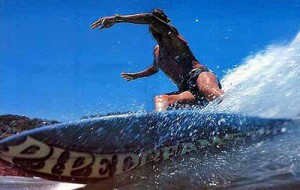 stamped our design territory with this design by incorporating channels which in effect gave them more grip and speed. In this period I took on a young Bondi ripper named Dominic Wybrow and bought him up from Sydney and proceeded to teach him how to shape in return for him riding for the label. Dominic got right into this channel twin fin model and became a dominant force in Queensland through this period.
stamped our design territory with this design by incorporating channels which in effect gave them more grip and speed. In this period I took on a young Bondi ripper named Dominic Wybrow and bought him up from Sydney and proceeded to teach him how to shape in return for him riding for the label. Dominic got right into this channel twin fin model and became a dominant force in Queensland through this period.
Then the world changed again when Simon won at Belles on that three finned thing. The QLD shapers resisted at first mainly due to the emerging rivalry between the two top surfing states of the time, but in the end the design was too good and it was readily accepted. Chappy Jennings was fast becoming a well-known competitive surfer through his sponsorship with Quicksilver who had him travelling the world with Gary Elkington. Again us Queenslanders could not help putting our stamp on the new design so again channels were included, and in my opinion performed better particularly in hollow long clean point breaks which were common up here .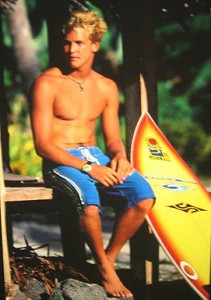
Craig Pitchers was also a prominent surfer during this period and Craig opted for the belly channels rather than the full clinkers like Chappy. Craig’s boards were a little more forgiving around the globe than were Chaps but when the waves were solid the channels came in to their own. One year at Hosegor in France, Chappy lent his channel to Tom Carroll who was only a faint hope of stopping a rampaging Curren on a bigish day in the finals. Many journos were astounded by Tom’s comeback to win the final, and reported it was the board that made the difference. From that point on the clinker channel gained more acceptance in the more southern markets of Australia.
The history of Pipedream goes on and involved many talented surfers too numerous to mention but all these guys had since embraced the modern thruster which in my opinion has evolved too slowly to be included in a retro range as we know it. This range I have put together features the best design under the best team surfer of each decade from the early seventies to the early nineties when the stagnation first set in.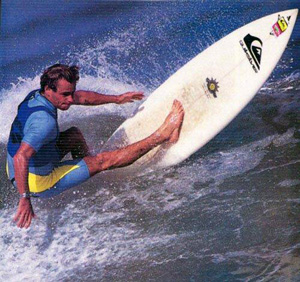
Early 1970’s – The Guy Ormorod single flyer swallow tail single fin.
Late 1970’s – The Dominic Wybrow inspired channel twin fin
Mid 1980’s – Scat Pitchers Belly Channel chisel tail thruster
Late 1980’s – Chappy Jennings channel thruster
Mid 1990”s – Zane Harrison triple flyer pintail
RETRO MODELS – What I will say at the outset that all my retro models are not exactly the same as the ones that I made 30 years ago. I have no problem with duplicating them but I cannot see the purpose unless they are meant to be a wall hanging and conversation piece. We have learnt so much hydro 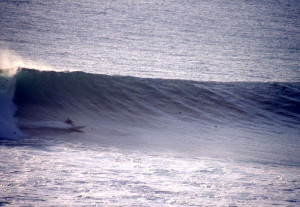 dynamically in the last 35 years that I feel if these boards are to be surfed it would be prudent to apply some of these lessons so long as the basic DNA of the model is not lost. These boards are slightly genetically modified for more performance but still retain the ingredience of the era that made them so successful.
dynamically in the last 35 years that I feel if these boards are to be surfed it would be prudent to apply some of these lessons so long as the basic DNA of the model is not lost. These boards are slightly genetically modified for more performance but still retain the ingredience of the era that made them so successful.
The glass jobs are all finish coated and meticulously machine polished and some are glassed with resin tints.
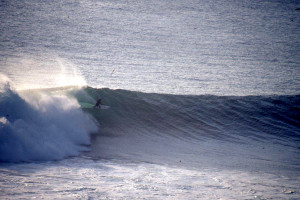 I have elected to use more modern fin systems in my retro boards for if anything, to give them a better chance of working for the customer; sometimes a fixed fin can be a death sentence for a board if it is the incorrect template.
I have elected to use more modern fin systems in my retro boards for if anything, to give them a better chance of working for the customer; sometimes a fixed fin can be a death sentence for a board if it is the incorrect template.
The five iconic models I have put forward typify an era in Pipedreams long history but there will be more coming as I get inspired by some of the old relics long-time customers are constantly dragging into the factory.
Remember all the samples can be customized to suit all sizes.
